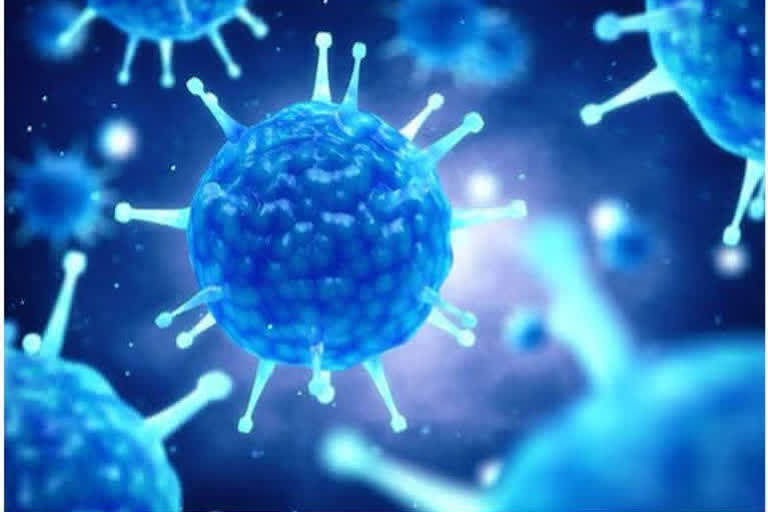COVID-19 Spread Linked To Variations In UV Levels: Study
As per a study from Harvard University, COVID-19 may have a seasonal pattern, in which the virus spreads faster in the winter when it's darker with lower levels of UV radiation than during summer.

Researchers say Natural variations in ultraviolet radiation (UV) influence the spread of COVID-19, but the influence is modest compared to preventive measures such as physical distancing, mask-wearing, and quarantine. Author Jonathan Proctor from Harvard University says that understanding the potential seasonality of COVID-19 transmission could help inform our response to the pandemic in the coming months. These findings, published in the journal Proceedings of the National Academy of Sciences, suggest that the incidence of COVID-19 may have a seasonal pattern, spreading faster in the winter when it is darker than in the summer.
Analyzing daily COVID-19 and weather data from over 3,000 administrative regions in more than 170 countries, the research team found that the spread of COVID-19 through a population tended to be lower in the weeks following higher UV exposure. The seasonality of COVID-19 has been a mystery since the disease first emerged one year ago, though there have been some clues that UV could play a role.
Related species of coronaviruses such as SARS and MERS were found to be sensitive to UV radiation and recent laboratory studies show that UV inactivates SARS-CoV-2, the virus that causes COVID-19, on surfaces. Attempts to understand the influence of UV in the real world, however, have been limited by scarce data and the difficulty of isolating climate variables from other drivers of transmission.
To test for an environmental signal within the noise of the pandemic, the team compiled and cleaned data from statistical agencies around the world. To avoid potentially confounding factors that differ across regions, such as healthcare infrastructure or population density, the team examined how transmission within a particular population changed according to variations in sunlight, temperature, precipitation, and humidity experienced by that same population.
"We basically ask whether daily fluctuations in environmental conditions experienced by a population affect new COVID-19 cases up to two weeks later," said study co-author Kyle Meng from the University of California Santa Barbara. The researchers diagnosed the relationship between UV and COVID-19 using data from the beginning of the pandemic and then used that relationship to simulate how seasonal changes might influence the spread of COVID-19. They found that changes in UV between winter and summer led to a 7-percentage point decrease in the COVID-19 growth rate on average across the Northern Hemisphere, which is about half the average daily growth rate at the beginning of the pandemic.
While this research shows that COVID-19 exhibits a seasonal pattern due to changes in UV, the full seasonality of COVID-19 remains unclear because of uncertain influences from other environmental factors such as temperature and humidity. "We are confident of the UV effect, but this is only one piece of the full seasonality picture," said Tamma Carleton from the University of California Santa Barbara.